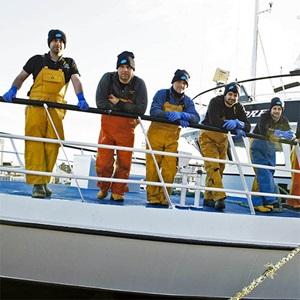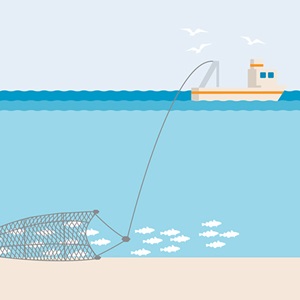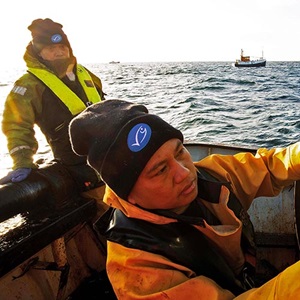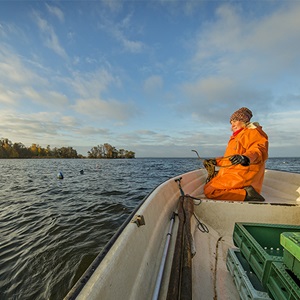By Rachel Leahy
“I’m 29 and I want to be doing this for another 30 or 40 years.”
Andrew Bremner skippers the vessel Boy Andrew in the cold deep waters off North Scotland where it catches whitefish such as haddock. Hailing from a fishing community that was rocked by the collapse of North Sea cod stocks in the early 1990s and 2000s, Bremner knows better than most the importance of fishing sustainably.
That event - which saw stocks fall from over 220,000 tonnes in the early 1970s to record lows of 32,000 tonnes in 2005 - still impacts Scottish fishers today. Vessels avoid catching cod to allow the stock to recover, and there is a determination to ensure fishers’ livelihoods and other species avoid the same fate as cod.
Fishery name
SFSAG Northern Demersal Stocks
Species fished
Haddock, hake, plaice, saithe (coley, pollock) whiting
Gear types used
Scottish seines and bottom trawls
“It’s in my interest to fish within sustainable levels,” says Bremner. “This has to do with the science. With haddock you are only taking out a safe level. You are not scratching the surface of what is there.”
The fishery is better equipped to fish sustainably than ever before. It uses proactive management strategies to protect habitats and is embracing new technology - including an artificial intelligence powered robotic sorting system – to reduce impacts on the wider ocean ecosystem, minimise unwanted bycatch and ensure stocks are maintained at sustainable levels.
“It’s your future you are working with and gambling with – why jeopardise it?” states Colin Stephen, skipper of the Harvest Hope, “You have to think about the long term.”
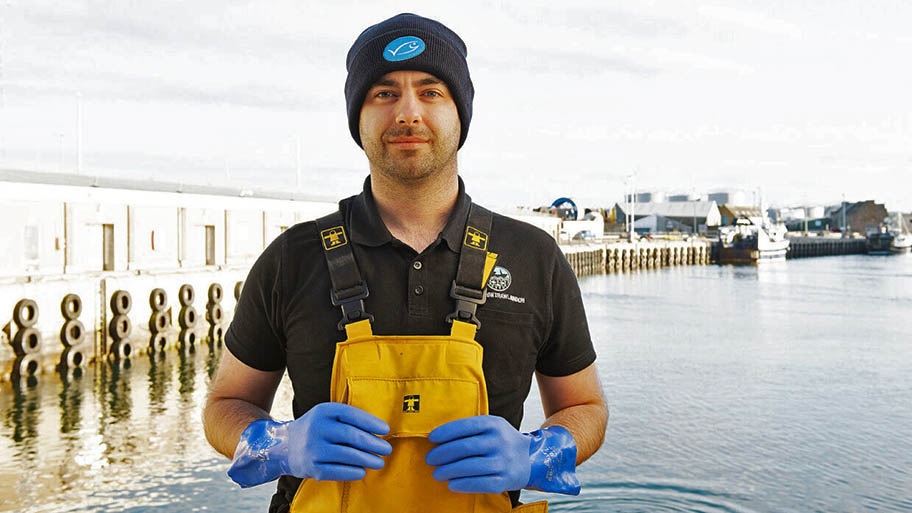
Boy Andrew skipper, Andrew Bremner
Swift action to protect seapens
The haddock fleet is part of the Scottish Fisheries Sustainability Accreditatioon Group (SFSAG) Northern Demersal stocks fishery, which has been certified to the MSC Fisheries Standard for sustainable fishing since 2010. The fishery, which also targets MSC certified hake, plaice and saithe (coley), is one of the most valuable in Scotland with the haddock catch alone worth approximately £40 million every year.
The fishers use trawl nets, which are pulled along or close to the seabed. To be certified as sustainable, the fishery managers must demonstrate that this gear does not cause serious damage or irreversible harm to habitats.
Significant research has been carried out to identify seafloor habitats within the fishery and determine how they are impacted by fishing activity. When a habitat survey revealed colonies of tall seapens, in a region off northeast Scotland, the fishery voluntarily closed the area to fishing.
Tall seapens are a type of coldwater coral which can grow up to two metres and support an important habitat for burrowing species such as langoustines. Tall seapens are particularly vulnerable to damage from fishing gear as, unlike other seapen species, they cannot retract into the seabed when disturbed.
This measure was brought in with immediate effect and compliance continues to be closely monitored by Marine Scotland, which manages Scotland’s seas and freshwater fisheries.
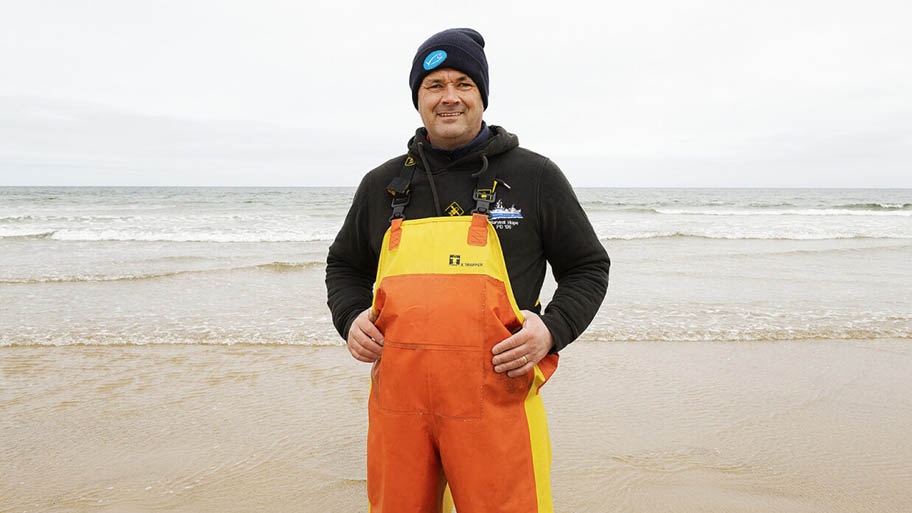
Harvest Hope skipper, Colin Stephen
Protecting cod stocks
While haddock stocks are healthy, there remains an urgent need for North Sea cod stocks to recover. However, shoals of cod often overlap with the haddock, hake, plaice and saithe targeted by the SFSAG fishers, which puts this vulnerable species at risk of being caught accidentally.
“We [the fishermen] need to continue to recognise the important part we need to play in maintaining sustainable stocks and healthy oceans,” Park adds. “There’s no doubt that the most efficient way to protect the stocks is to avoid catching those you don’t want.”
The fishery has worked hard to reduce cod bycatch, which was set as a condition of MSC certification in 2012. In collaboration with the Scottish Fishermen’s Federation Gear Innovation and Tech Advisory Group, the fishery trialled trawl net modifications to identify effective ways to prevent bycatch of cod and juvenile fish. The addition of a square mesh escape panel reduced cod bycatch by 60% and has been adopted by all vessels in the fishery that use nets with a mesh less than 120mm.
Other measures to reduce cod bycatch include real-time area closures if high levels of juvenile cod are caught, and seasonal closures to protect cod while spawning.
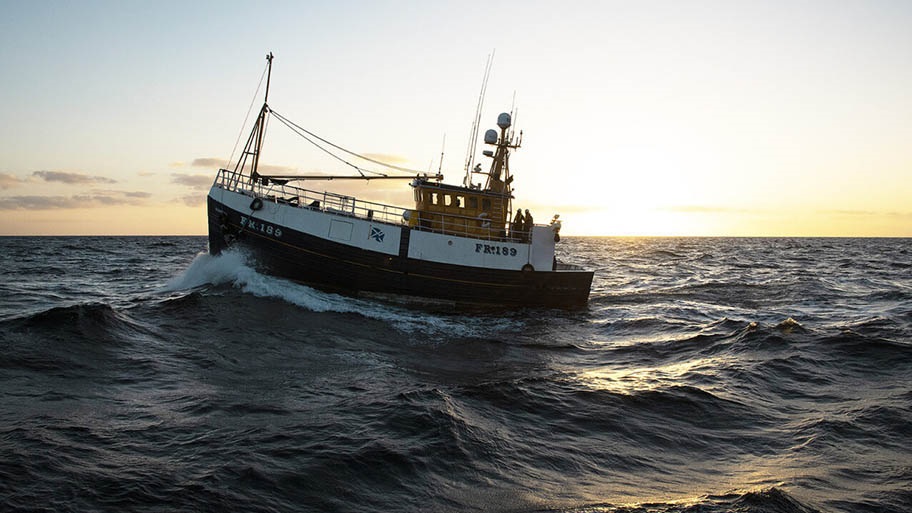
Haddock trawler on waves
Embracing new technology
New technology is also empowering fishers to reduce the impacts of fishing. This includes systems that allow fishers to more closely monitor their catch and quickly share information with other vessels.
Many vessels within the SFSAG fishery have started using BATmap, a new app developed by the Scottish Fisherman’s Organisation, the University of Aberdeen and Fisheries Innovation Scotland, among others. The app records bycatch species, quantity and location in real-time – if catch exceeds an agreed threshold, other vessels are automatically alerted so they can avoid fishing in the same area.
“The real time reporting element of fishing and the sharing of information delivers security to the stocks like never before.”
Scottish Fisheries Sustainable Accreditation Group
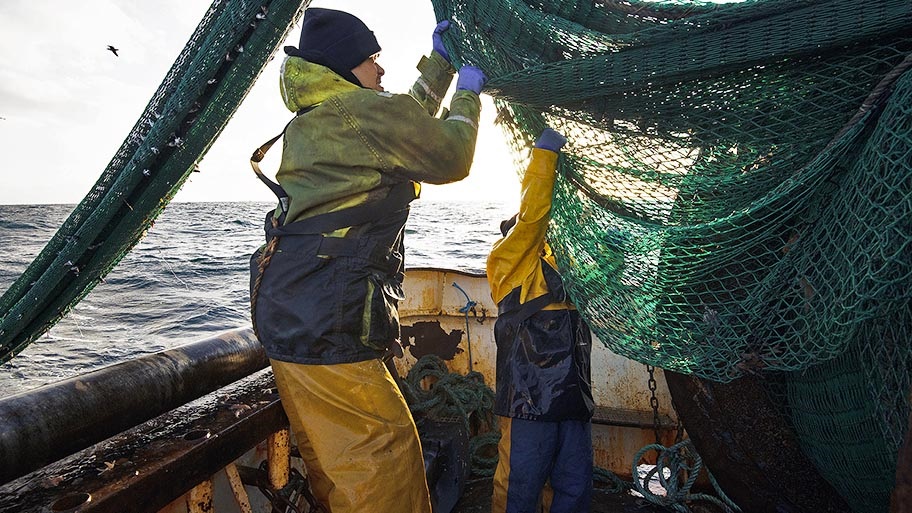
Fishers Roberto Necesario and Henry Bello
New AI technology to improve the selectivity of trawl nets is also being trialled in the fishery. Researchers at Heriot Watt University have developed the Smartrawl robotic sorting system which uses cameras and a gate system to identify the size and species of individuals that enter the net, and release those which should not be caught.
These innovations, alongside the Scottish fishers’ longstanding commitment to sustainability, are playing a vital part to secure the future of the fishery.

